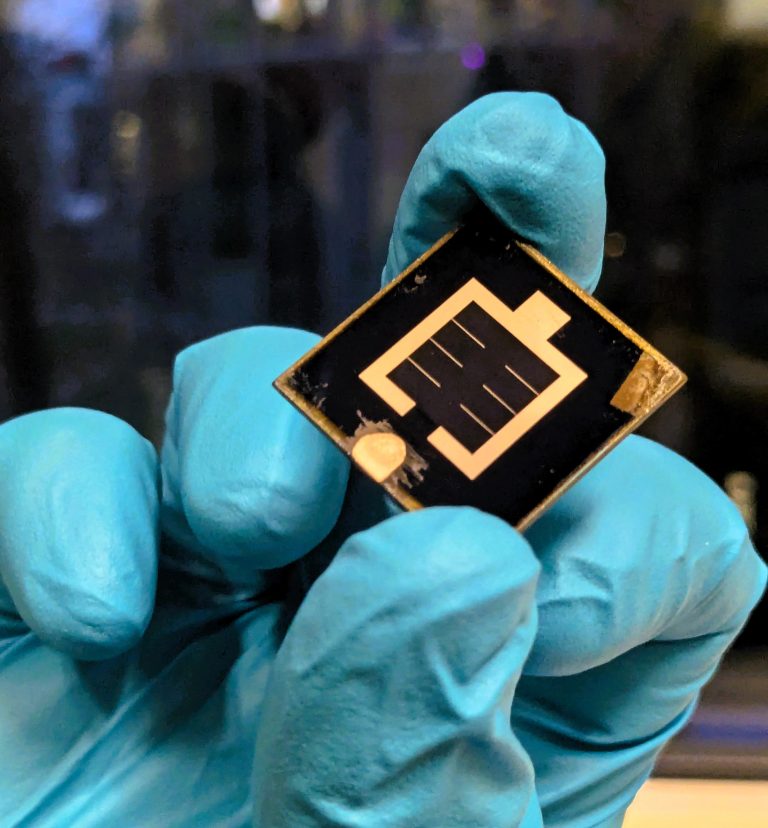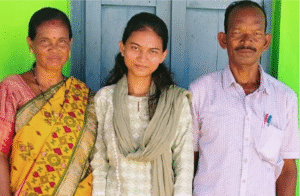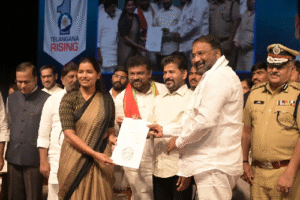In a major leap forward for solar energy technology, researchers from Helmholtz-Zentrum Berlin (HZB) and Humboldt University of Berlin have developed a CIGS-perovskite tandem solar cell that has achieved an impressive efficiency of 24.6% — a new world record in its category.
The breakthrough was officially certified by the Fraunhofer Institute for Solar Energy Systems (ISE), one of the most respected independent bodies for solar energy testing and certification in the world.
This cutting-edge tandem solar cell combines CIGS (Copper Indium Gallium Selenide) — a well-established thin-film technology — with a perovskite top layer, leveraging the strengths of both materials to harvest a broader spectrum of sunlight. The result is a highly efficient, potentially cost-effective solution for next-generation photovoltaics.
Dr. Eva Unger, one of the lead researchers at HZB, stated, “This record efficiency proves the potential of tandem technology and highlights the role of interdisciplinary collaboration in accelerating clean energy innovation.”
Unlike traditional silicon-based cells, tandem solar cells layer two or more types of photovoltaic materials to capture different parts of the solar spectrum. This approach not only improves energy conversion but also opens up possibilities for lighter, flexible, and more versatile solar panels.
The team believes that further refinements in material stability and scalability could make this technology commercially viable within the next few years — a critical step toward achieving global renewable energy goals.
With this record-setting achievement, Berlin once again positions itself at the forefront of solar research, pushing the boundaries of sustainable energy innovation.







